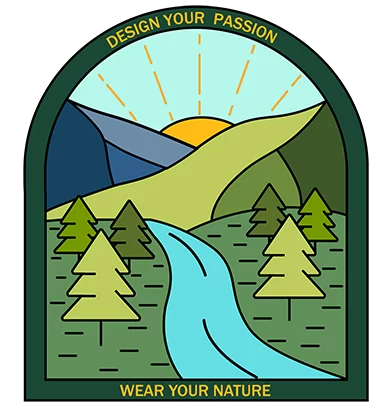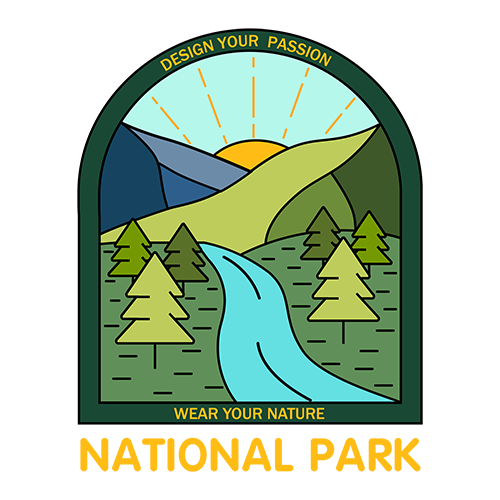National parks are often seen as some of America’s finest assets. With over 400 national park locations across the U.S. (including territories like Guam), any time is a great time to explore them.
That said, the cool weather and reduced crowds during fall create an ideal escape, making certain parks particularly attractive in autumn. Visiting these parks in both summer and fall offers completely varied experiences.
No matter your location in the country, you’re likely close enough to one or more of these 11 national parks to visit in the fall that could become a new yearly tradition.
Acadia National Park, Maine
Acadia National Park has been a popular autumn destination for people from the eastern United States. It offers stunning scenery for driving, opportunities to connect with nature, and the chance to unwind in Bar Harbor afterward with a tasty meal. Interestingly, it’s also the first spot in the U.S. where you can witness the sunrise each day!
The park is situated along the Maine coastline, close to the northeastern tip of the country. You can find directions using Google Maps.
Most travelers reach Acadia National Park by flying into Portland, Maine, and then driving three hours north, or by making a longer road trip from other northeastern states. If you choose to fly and rent a car, consider using Kayak to find the best rental rates. For competitive flight prices, check Skyscanner for options across various airlines.
Related Posts: Acadia National Park In The Fall, Closest Airport To Acadia National Park

Shenandoah National Park
The renowned Blue Ridge Parkway, known as one of the most iconic road trips in the U.S., ends at the southern entrance of Shenandoah National Park. Here, the parkway transforms into Skyline Drive, a 105-mile route that meanders through hills adorned with autumn colors of orange, yellow, and red, peaking in October.
Shenandoah National Park is located just 75 miles from Washington, DC, featuring numerous waterfalls, fields filled with wildflowers, and over 200,000 acres of conserved land that serves as a sanctuary for deer, black bears, and songbirds.
From Skyline Drive, visitors can also access the well-known Appalachian Trail.
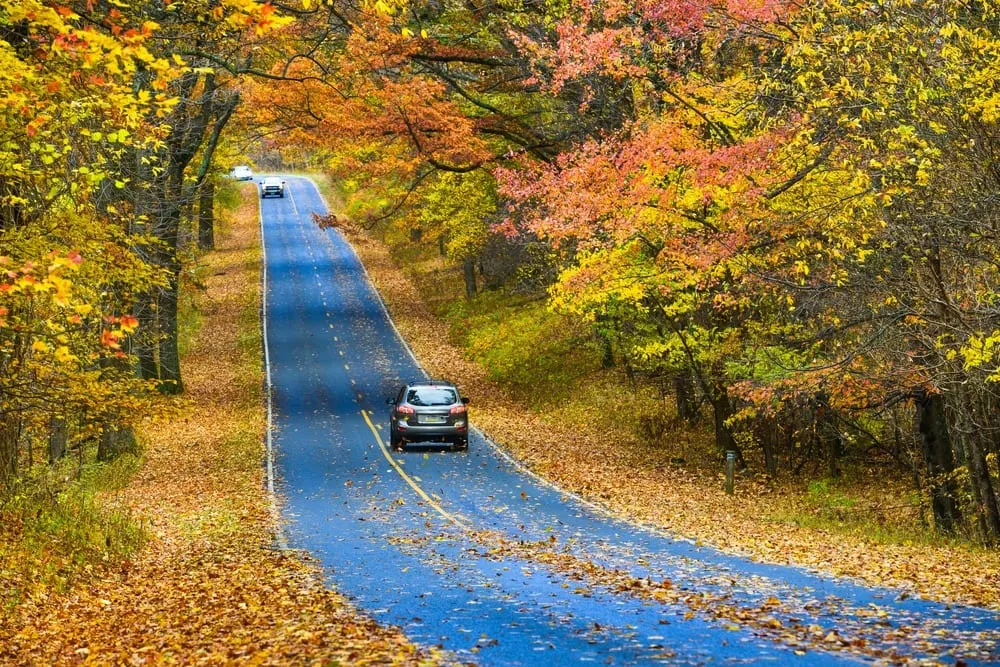
Great Smoky Mountains National Park, North Carolina and Tennessee
Gateway city: Charlotte, North Carolina, located 265 kilometers away.
What’s the best way to portray the Great Smokies in autumn? The word magical stands out, particularly after traversing the Sugarland Mountain Trail. This 19-kilometer route starts at its trailhead near Clingmans Dome, the park’s highest elevation, and descends through three forest types — spruce-fir, northern hardwood, and cove hardwood. Depending on the elevation and season, the foliage along the trail glows with vibrant autumn colors.

Glacier National Park
If you want to avoid crowds, autumn is an ideal time to explore Glacier National Park. The Going-to-the-Sun Road, which sees the most visitors in the summer, provides stunning views of mountains shaped by glaciers, waterfalls along the roadside, and serene lakes.
You can also spot bighorn sheep, mountain goats, and grizzly bears from the road, but it’s important to use binoculars and maintain a safe distance for your own safety.
To enjoy the fall colors, schedule your visit according to which part of the park you prefer. On the western side, trees usually start changing around mid-September, while the eastern side experiences color changes closer to late September or early October.
The bright yellow of aspen trees marks the arrival of fall in Glacier National Park. By mid-October, the final transformation occurs as larch trees, a type of conifer, turn a lovely golden hue.
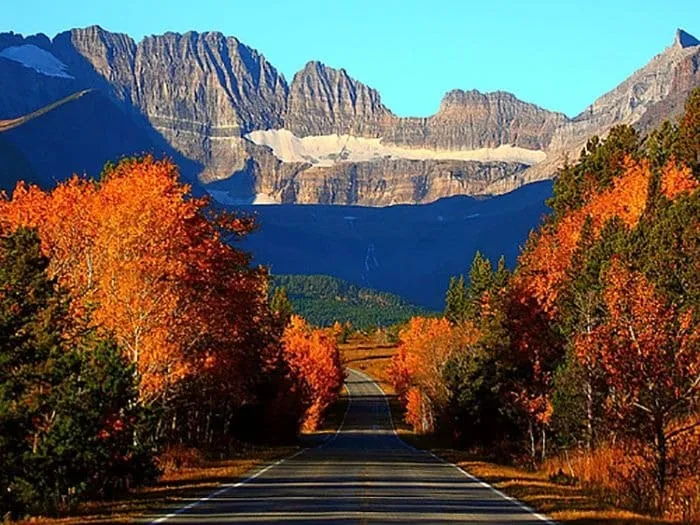
Zion National Park
Zion National Park is often considered to have some of the most breathtaking views among national parks in the United States, especially during the Fall. As one of the top national parks, Zion showcases winding rivers, beautiful landscapes, and a unique array of colors not easily found elsewhere.
Fall is an excellent time to visit due to the cooler weather and reduced number of visitors. In October and November, the vibrant blue skies contrast beautifully with the ivory and red sandstone cliffs that are interspersed with yellow cottonwood trees. A handy shuttle service transports visitors from the nearby town of Springdale to various trailheads within the park.

Rocky Mountain National Park, Colorado
The fall season at Rocky Mountain National Park showcases a rich golden yellow as the graceful aspen trees shift their colors. This appearance is completely different from the autumn scenes found on the East Coast. The color change in the leaves starts in late August and peaks by late September.
With its high mountains, tall aspens, distinct four seasons, and abundant wildlife, the park encapsulates the spirit of Colorado. In the fall, you can hike the trails and observe bighorn sheep and elk without encountering large crowds.
Take a scenic drive along Bear Lake Road as it meanders through the forest. You can stop at either the Mills Lake Trail (5.6 miles) or the Emerald Lake Trail (3.6 miles) to fully experience the surroundings.
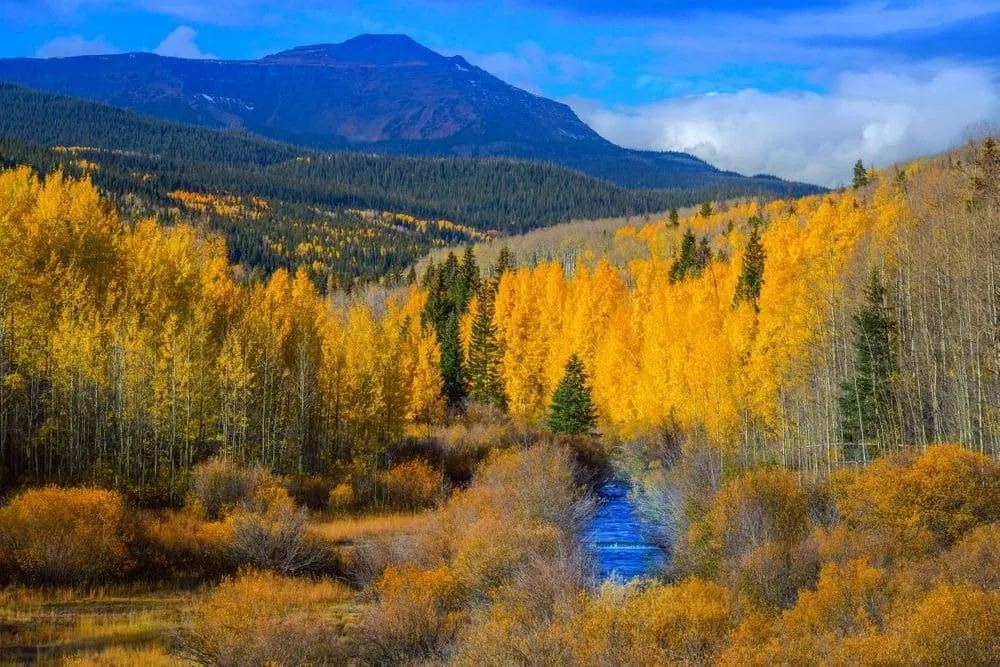
Death Valley National Park
Autumn and winter are ideal for visiting Death Valley, as summer temperatures can soar into the triple digits. The nearby town of Beatty, Nevada provides accommodations and services for those exploring the park.
Visit the Furnace Creek Visitor Center for details about various attractions, such as:
- Zabriskie Point, where you can witness the sunrise.
- Twenty Mule Team Canyon, which is part of the Badlands.
- Mesquite Flat, where you can stroll through the dunes.
- Badwater Basin, known for its isolated salt flats and striking dark skies, is perfect for night-sky photographers.
While you won’t find fall foliage here, October and November offer sunrises in beautiful lilac and rose hues, as well as cool evenings that are ideal for stargazing.
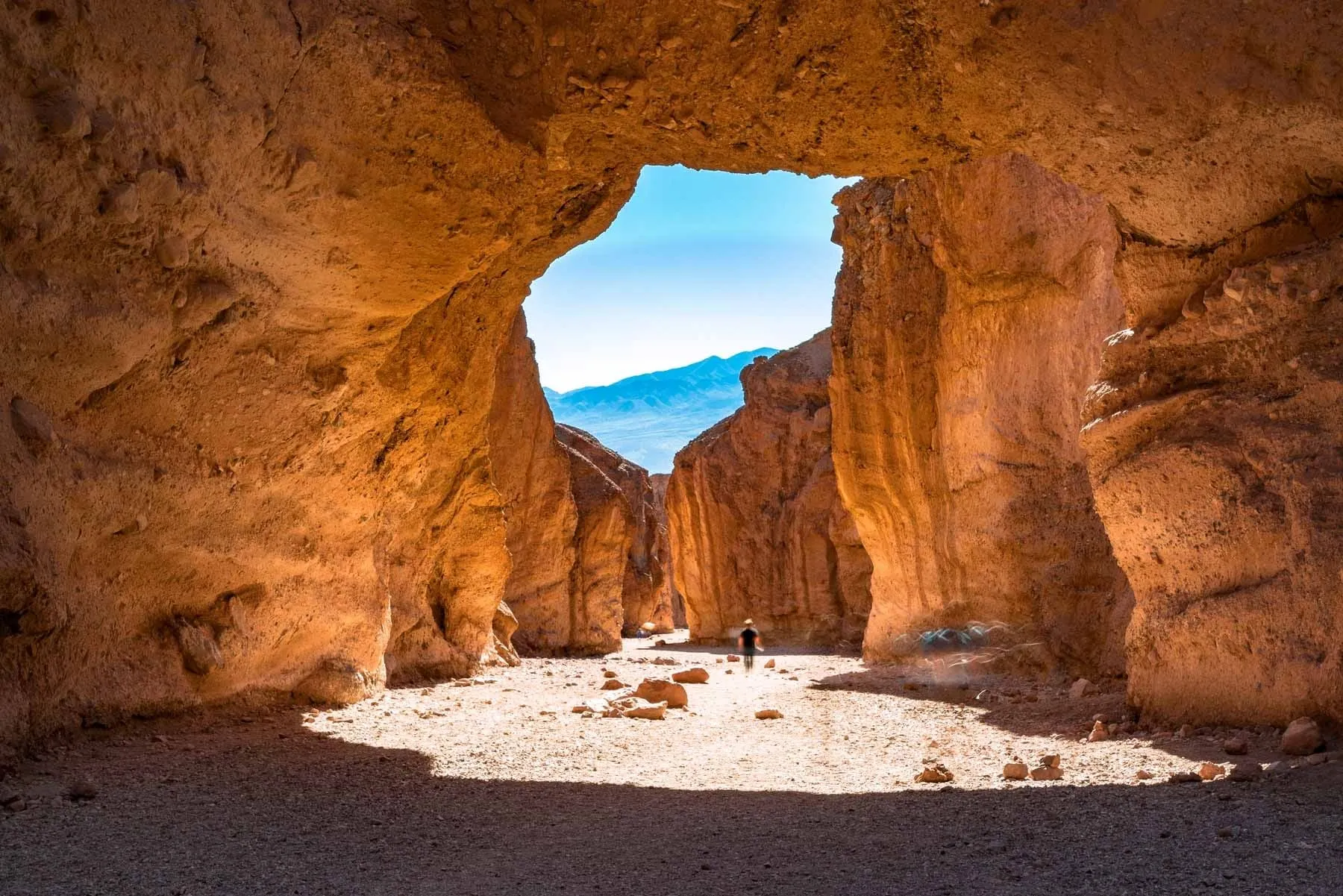
Great Basin National Park, Nevada
Great Basin National Park showcases remarkable diversity, featuring the towering Wheeler Peak at 13,000 feet, sagebrush-covered hills, ancient bristlecone pines, intriguing underground tunnels, and incredibly night skies.
Be sure to take a tour of Lehman Caves. The Parachute Shield Tour lasts about an hour and covers half a mile, exploring large chambers connected by steep ramps and narrower paths. The Grand Palace Tour is 90 minutes long, covering just over half a mile while visiting five subterranean rooms.
Fall offers mild temperatures, making it an excellent season to explore Great Basin. The 2.8-mile Bristlecone Pine Trail allows you to witness some of the oldest living trees on the planet. The Mountain View Nature Trail winds through a forest of pinyon and juniper trees.
You can also find ancient rock art at Pictograph Cave and visit the excavated Fremont Indian Village at the Baker Archeological Site. Fishing and collecting pine nuts are other favored activities.
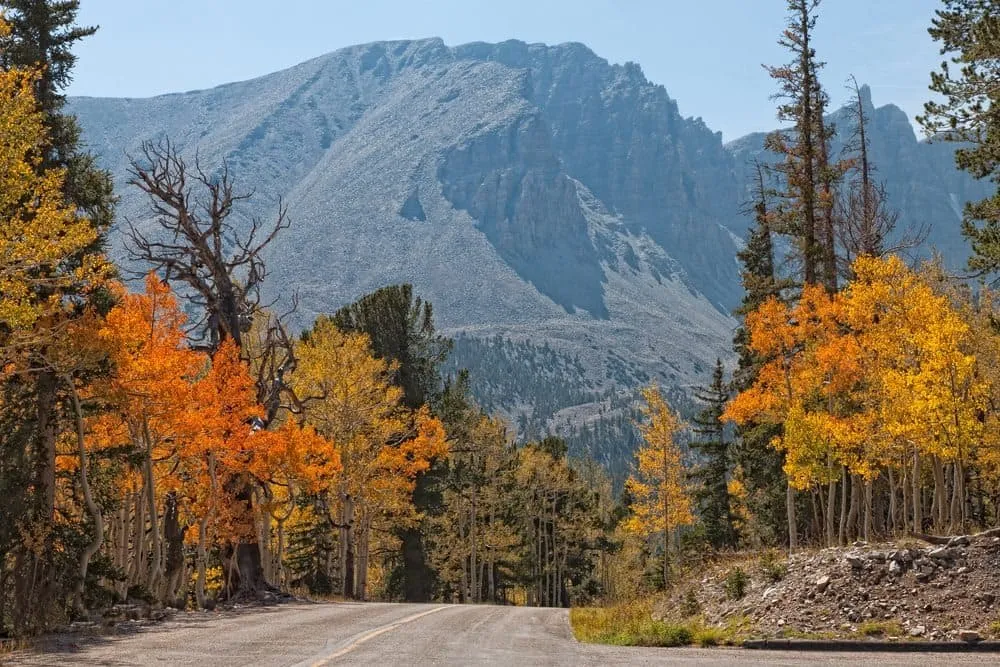
Grand Canyon National Park, Arizona
From September to November, visiting Grand Canyon National Park is ideal. The summer crowds have dissipated, and the weather is pleasant. Pack your hiking poles to trek through the canyon or take a scenic drive to appreciate the stunning views enhanced by autumn desert colors.
The park features 278 miles of the Colorado River and surrounding areas, showcasing one of the most amazing examples of erosion worldwide. Both the South Rim and the North Rim are accessible to visitors around the clock.
Grand Canyon National Park lies on the ancestral lands of 11 Associated Tribes and is one of a dozen parks certified as Dark Sky locations, making it a prime spot for stargazing and night sky photography.
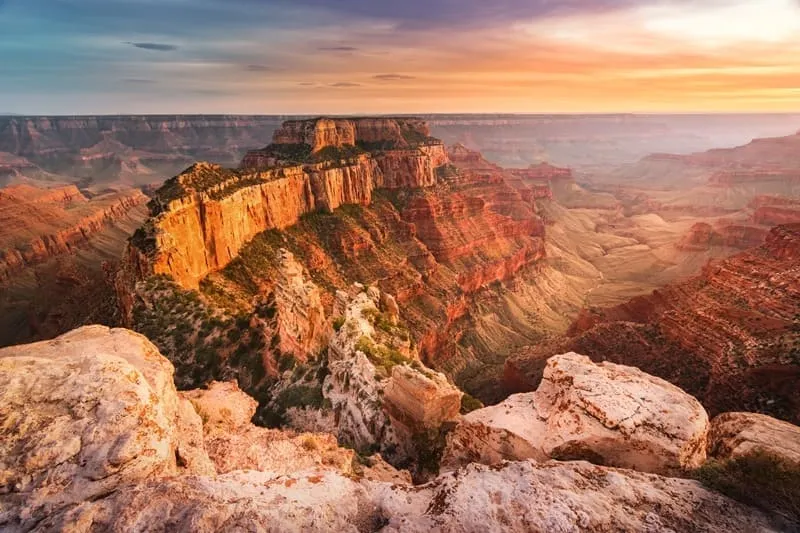
Yosemite National Park
Fall is a great time to visit Yosemite National Park, California’s most popular national park, as it allows visitors to avoid the summer crowds and traffic.
Yosemite is famous for its waterfalls and ancient giant sequoias, but it also features extensive wilderness areas, large meadows, and deep valleys.
Although the park, covering 1,200 square miles, may not display the vivid autumn colors seen in the East, there’s still plenty to appreciate. Just be mindful that snow typically begins in November.
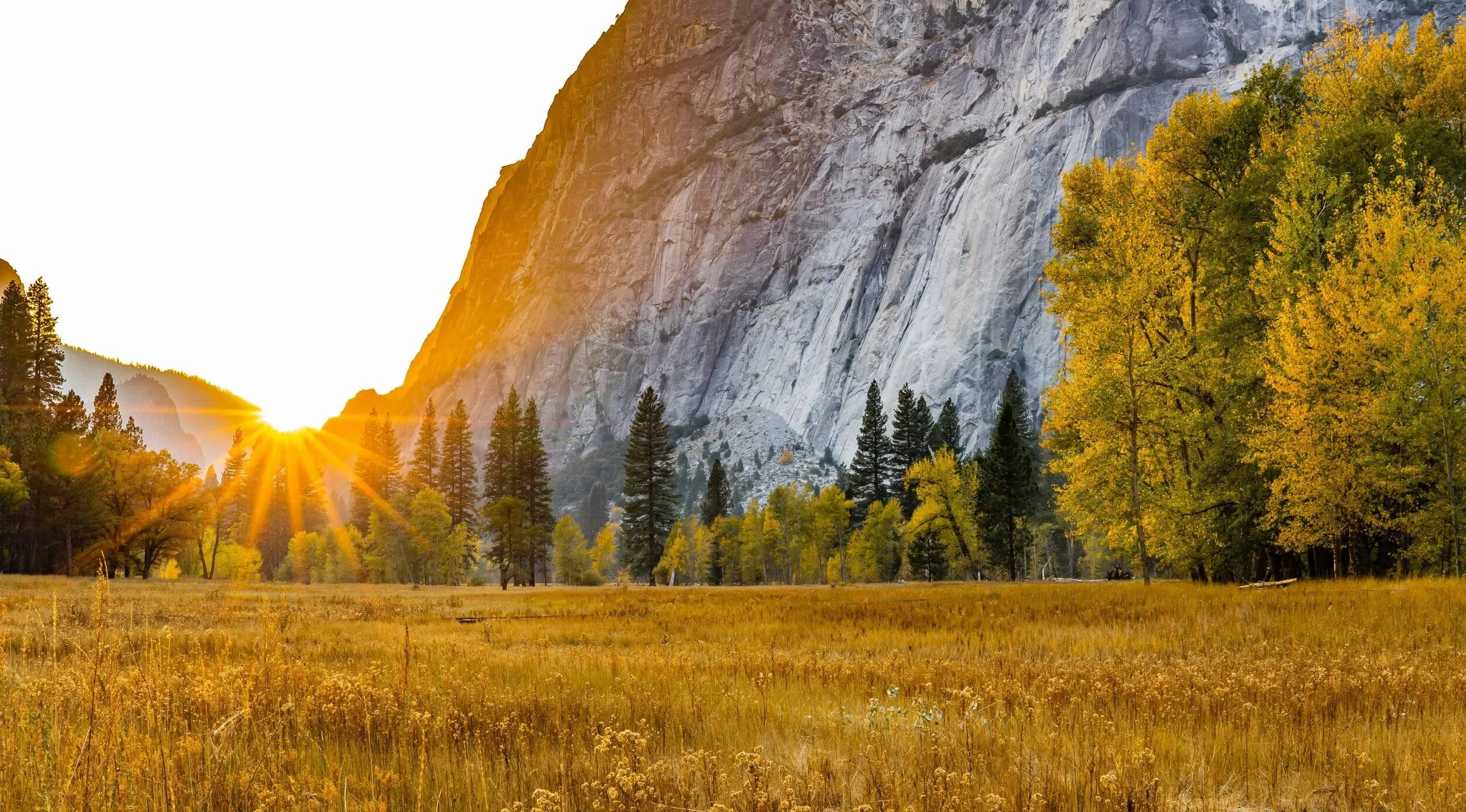
Congaree National Park
Canoeing on the dark waters of Cedar Creek is a must during any Fall visit to Congaree National Park. Between late October and early November, the creek reflects the golden and deep orange hues of the autumn leaves in the ancient hardwood forest surrounding it.
Congaree National Park boasts the tallest deciduous forest in the U.S., with numerous hiking trails and boardwalks available for exploring on foot. You might encounter deer feeding, otters playing in the river, and turtles basking on logs.
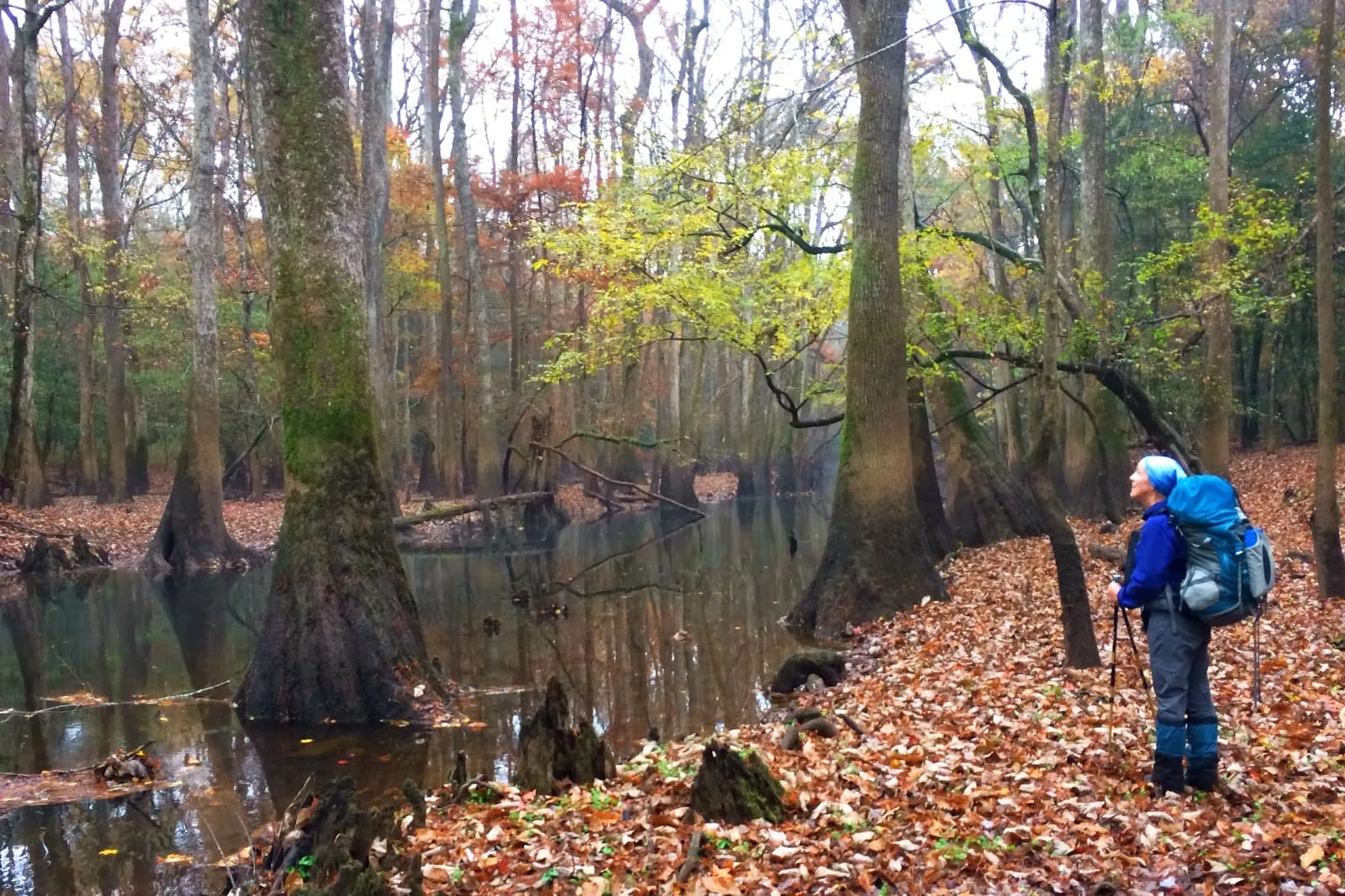
Heading out to explore the breathtaking beauty of national parks this fall? ?
Why not take a little piece of that adventure with you! Our cozy, nature-inspired National Park T-shirts are now available on Amazon, and they’re perfect for showing off your love for the great outdoors. ?✨
Soft, comfortable, and featuring unique designs that celebrate your favorite parks, these tees are a must-have for any nature lover! Whether you’re hiking through golden forests or just dreaming of your next trip, wear your park pride wherever you go! ?? Grab yours today and make every adventure even more memorable.
?➡️ Shop now on Amazon and gear up for the Fall season!
BUY NOW – Vintage Great Smoky Mountains T-Shirt!!!
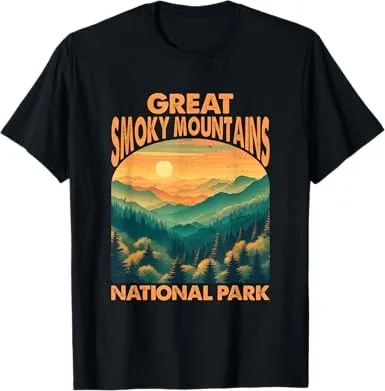
FAQs
What is the best national park to visit in October?
Acadia National Park is highly recommended for October due to its stunning fall foliage, peaking around mid to late October. The vibrant colors and scenic views, especially from Cadillac Mountain, make it a prime destination for leaf-peeping during this month.
Which national park is the best to visit in September?
Grand Teton National Park stands out in September. The weather is cooler, the leaves begin changing color, and it’s elk mating season, providing a unique wildlife experience. Visiting at this time allows for fewer crowds and beautiful autumn scenery.
What is the best time to visit the national park?
The best time to visit a national park varies by location but generally falls during spring and fall. These seasons offer mild weather, fewer crowds, and beautiful natural displays, such as wildflowers in spring or fall foliage. Specific peak times can differ based on the park’s unique features and climate.
